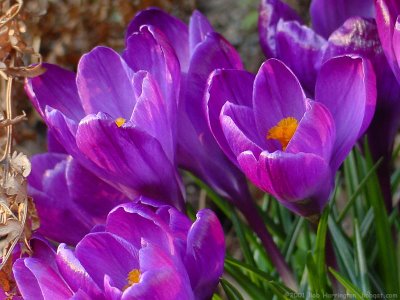The Menjabollos Giant
The Menjabollos Giant is a famous man at Christmas time in Guardamar del Segura, this mythical character is very tall and strong and is known well around the area. He lives deep in the forest in a very nice timber house and he looks after the forest and keeps it clean and tidy. He comes to Guardamar every year to announce Christmas and stays untill the night before the Three Kings day, while he is in Guardamar he gives gifts to the children at midday on 23rd December and takes part in a dancing procession -the dwarves and giants dance- through the streets with the children. Afterwards in the Placa d Constitution afternoon snacks are served.














